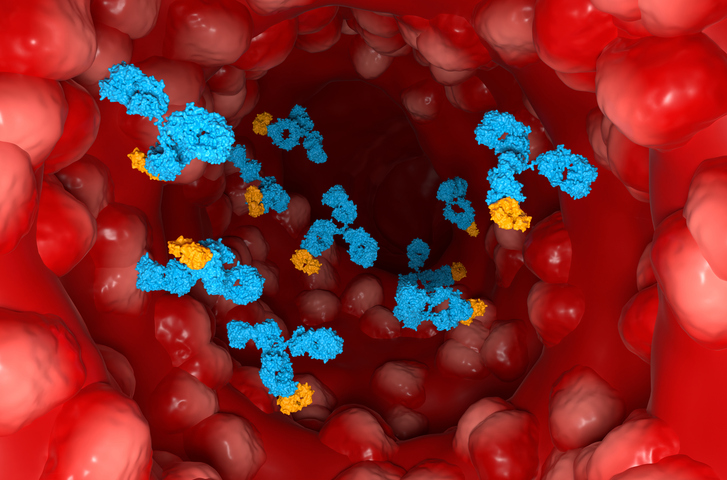
A group of researchers aimed to evaluate whether there is an association between living in a food desert and severity of pediatric inflammatory bowel disease (IBD) at diagnosis. The retrospective study was published in Journal of Pediatric Gastroenterology and Nutrition and enrolled 98 patients, 75 (77%) of whom had Crohn disease and 23 (23%) of whom had ulcerative colitis.
The patients included in the study ranged between ages 2 and 21 years and were diagnosed between January 1, 2019, and December 31, 2021. The US Department of Agriculture’s Food Access Research Atlas was used to determine whether patients resided in a food desert. The researchers used the Modified Retail Food Environment Index (mRFEI) to determine the ratio of available healthy to unhealthy food options. The primary endpoint was disease severity at diagnosis based on endoscopy scores. Statistical analyses were applied as appropriate.
The researchers found that 15 participants lived in food deserts and that food deserts were characterized by a greater number of Black persons than of White persons (67%; P=.05), more public insurance (12; 80%), and lower median vitamin D levels (17.6; interquartile range, 10.8-24). In a multivariable model adjusted for sex, age, insurance, and race, mRFEI was associated with reduced odds of living in a food desert (0.91; 95% CI, 0.83-0.98). There was no difference between the severity of disease and living in a food desert or a food swamp, which is an area where there is an abundance of unhealthy food options.
“Fifteen IBD patients lived in a food desert. Food deserts have less access to healthy food retailers and higher rates of unhealthy food retailers. Further work is needed to better understand spatial disparities related to food accessibility and IBD,” the researchers concluded.
Source







 © 2025 Mashup Media, LLC, a Formedics Property. All Rights Reserved.
© 2025 Mashup Media, LLC, a Formedics Property. All Rights Reserved.